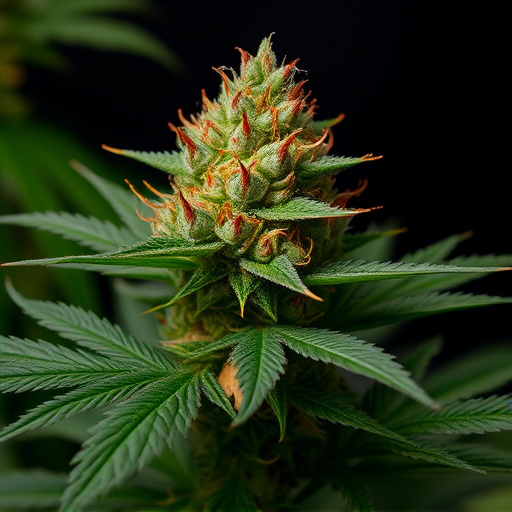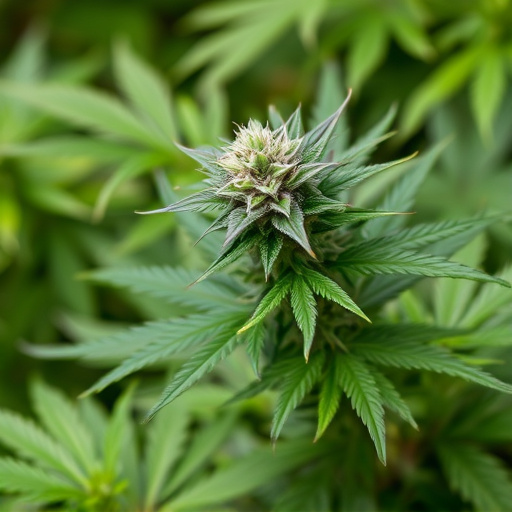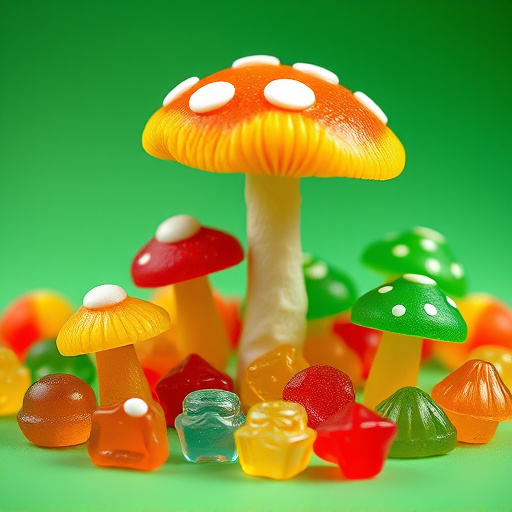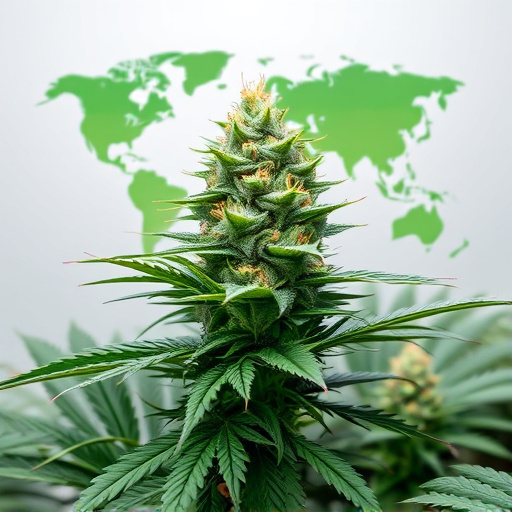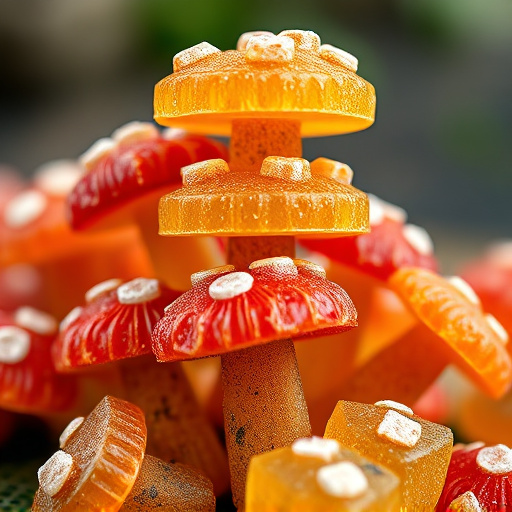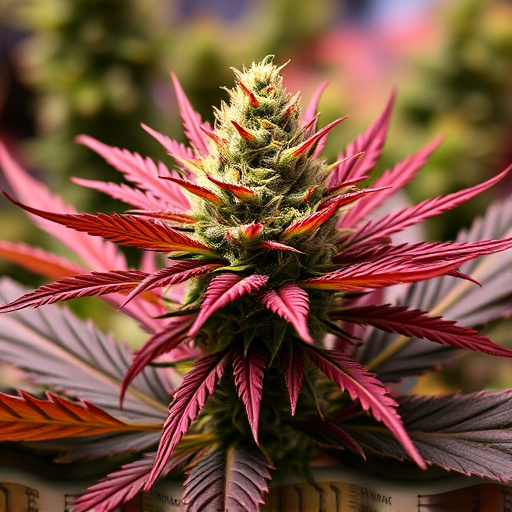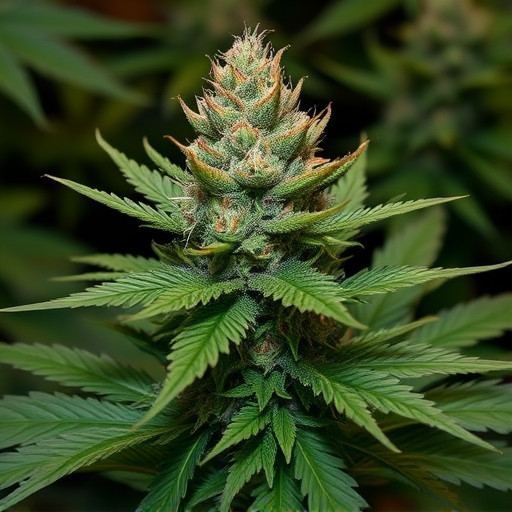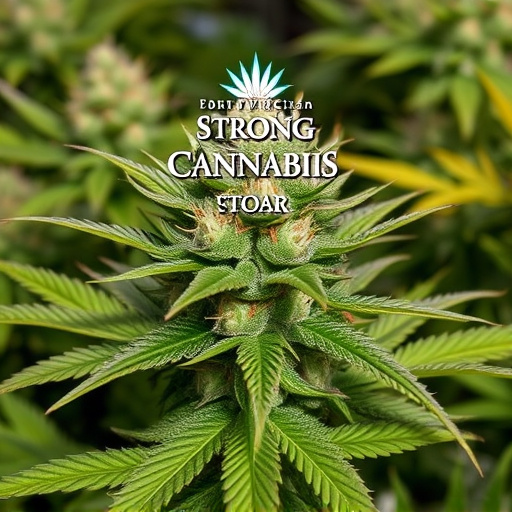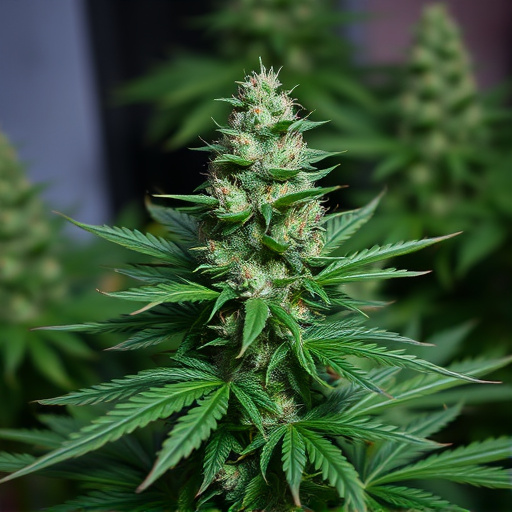Cultivators aim to produce strong cannabis strains through understanding genetic potency factors, optimizing growing conditions, and meticulous post-harvest techniques. Select parent plants with high-potency lineages, provide ideal sunlight, temperature, and humidity, use pH-neutral fertilizers, harvest after 8-10 weeks, cure through controlled drying, trim flowers for optimal surface area exposure, and sort to ensure only the most potent are selected, creating robust strong cannabis strains.
Want to grow a truly potent cannabis strain? This guide unravels the secrets to maximizing flower strength. We explore the science behind cannabis potency, starting with understanding genetic factors that influence power and flavor. Next, we delve into optimizing growing conditions, from lighting and nutrient balance to environmental control, for healthy, high-cannabinoid plants. Finally, discover post-harvest techniques to preserve and enhance your harvest’s potency.
- Understanding Cannabis Potency and Genetic Factors
- Optimizing Growing Conditions for Stronger Flowers
- Post-Harvest Techniques to Boost Potency
Understanding Cannabis Potency and Genetic Factors
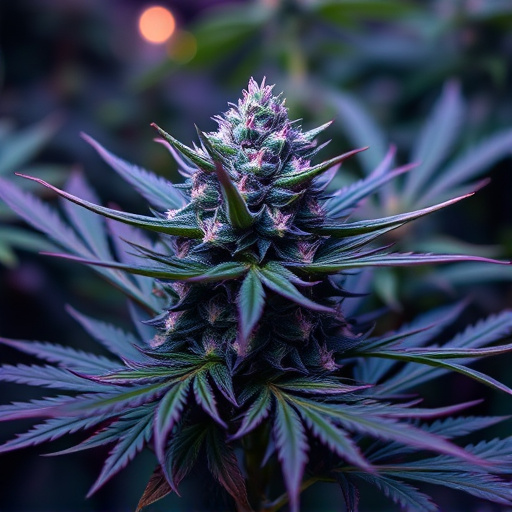
Cannabis potency refers to the concentration of cannabinoid compounds, primarily THC (Tetrahydrocannabinol) and CBD (Cannabidiol), in a given strain. Potency can significantly impact the plant’s effects on users, with higher concentrations leading to more intense experiences. Understanding cannabis potency is crucial when aiming to cultivate strong cannabis strains.
Genetic factors play a pivotal role in determining a strain’s potential for high potency. Different cannabis plants have unique genetic makeup, resulting in variations in cannabinoid production. Certain breeds are naturally inclined towards producing elevated levels of THC or CBD. When breeding or selecting plants, choosing parents with proven potent lineages can increase the likelihood of cultivating strong cannabis strains.
Optimizing Growing Conditions for Stronger Flowers
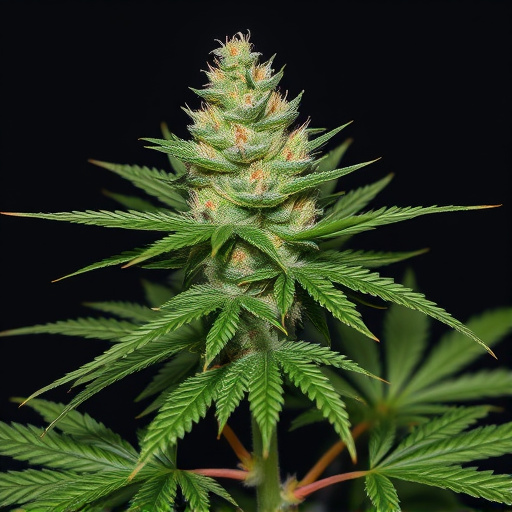
To cultivate strong cannabis strains with potent flowers, optimizing growing conditions is paramount. This starts with providing plants with adequate sunlight—typically 6-8 hours daily—to encourage robust growth and higher cannabinoid production. Maintaining a consistent and ideal temperature range, generally between 20-30°C (68-86°F), also plays a crucial role in enhancing flower potency. Proper humidity levels, typically around 40-60%, ensure plants stay healthy and promote faster trichome development, which are responsible for cannabis’ potent compounds.
Additionally, ensuring optimal nutrient availability is essential. Using a balanced, pH-neutral fertilizer and regularly testing soil or hydroponic solutions helps maintain the right nutrient ratios. Timed harvesting, typically 8-10 weeks after vegetative growth begins, allows plants to mature fully, resulting in flowers with higher cannabinoid concentrations.
Post-Harvest Techniques to Boost Potency

After harvesting your cannabis plants, several post-harvest techniques can be employed to enhance the potency of your final product. One effective method is curing, which involves drying and storing the flowers under specific conditions. This process allows for the gradual release of terpenes and cannabinoids, resulting in a more potent and aromatic final product. Proper curing takes time and requires consistent temperature and humidity levels.
Another strategy is trimming and sorting. Removing excessive leaves and shaking off any residual trichomes (small glandular hairs) exposes more of the bud’s surface area, increasing its potential for potency. Sorting allows you to select only the most potent flowers, ensuring a higher-quality final product. This meticulous process also enables you to create specific strains or blends known for their robust cannabis strains.
Enhancing cannabis flower potency requires a multi-faceted approach. By understanding genetic factors and optimizing growing conditions, cultivators can produce stronger plants. Post-harvest techniques further boost potency, ensuring that each step of the process contributes to the final product’s quality. When it comes to strong cannabis strains, these strategies are essential for creating superior, high-potency blooms that meet consumers’ demands.
